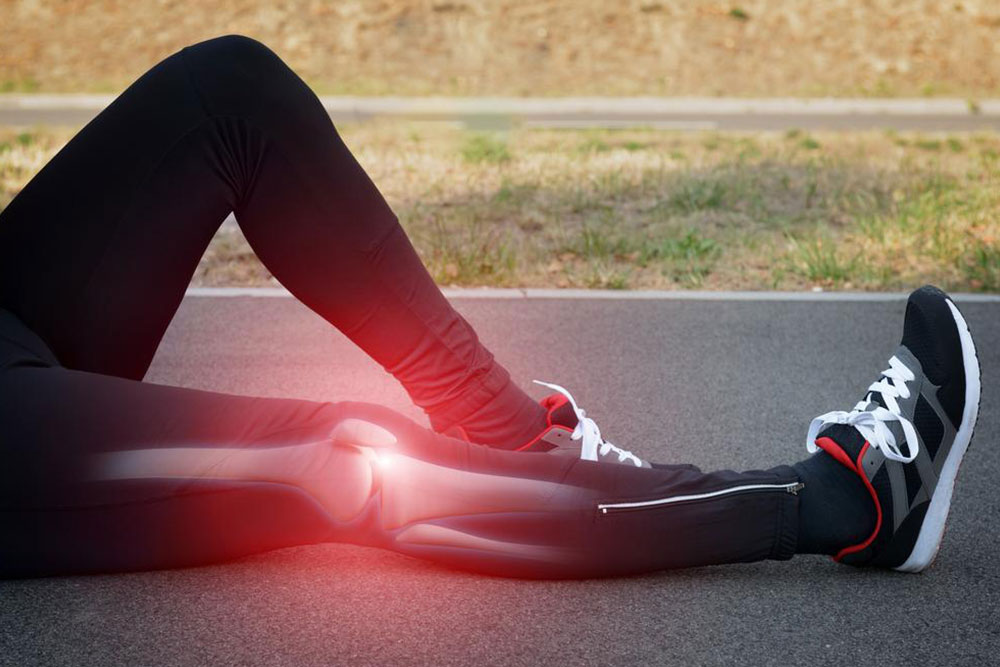Recognizing Key Signs of Leg Discomfort You Shouldn't Overlook
Learn to identify common signs of leg pain such as muscle cramps, shin splints, tendinitis, and blood clots. Early detection is key to effective treatment. This guide covers causes, symptoms, and remedies to help maintain healthy legs and prevent serious issues. Seek medical help for persistent or severe discomfort to ensure proper care. Understand the importance of timely intervention to avoid complications and promote recovery.

Recognizing Key Signs of Leg Discomfort You Shouldn't Overlook
The lower limbs play a vital role in supporting our daily activities, including walking and running. Various factors like footwear, posture, occupation, and physical health influence leg well-being. Consequently, experiencing leg pain is common at times.
Identifying common causes and symptoms of leg discomfort includes:
Bone, joint, and muscle aches
Muscle spasms
Muscle spasms, often called Charley’s horse, can strike unexpectedly.
These spasms can occur during sleep or activity. The sensation is usually a tight grip around the calf muscle, which may intensify into severe pain. Dehydration and fatigue are common triggers. To alleviate the discomfort, increasing water intake, massaging the affected area, and stretching before exercise are recommended.
Shin splints
Shin splints refer to soreness at the front of the lower leg, often resulting from inflammation of muscles along the shin bone. This condition makes activities like walking, running, or jumping painful, especially when repeated over hard surfaces. Flat feet or outward-turned feet can heighten risk.
Remedies include anti-inflammatory medications such as ibuprofen, aspirin, or naproxen, and applying ice packs. If pain persists, consulting a healthcare professional is advisable. Rest, avoiding hard surfaces, and wearing comfortable shoes help prevent recurrence.
Achilles tendinitis
Pain at the back of the lower leg near the heel suggests Achilles tendinitis, an inflammation of the tendon due to overuse. Symptoms include swelling, tear, or strain in the tendon, making it difficult to point the toe downward. Applying ice, taking anti-inflammatory medicines, and gentle stretching assist in recovery. Severe pain or inability to move the ankle may indicate tendon rupture, necessitating medical intervention, injections, or surgery.
Broken bones and sprains
Severe leg pain following trauma can indicate fractures or severe sprains. Initial treatment includes rest, ice, compression, and elevation (RICE). Urgent medical evaluation is essential as more serious injuries may require immobilization with a cast or leg brace, and possibly physical therapy. Healing occurs gradually over time.
Vascular issues and blood clots
Blood clots
Deep vein thrombosis (DVT) involves clot formation in deep leg veins, often following prolonged immobility. Symptoms include pain, swelling, and tenderness. Overweight individuals, smokers, and those on blood thinners are at higher risk. Immediate medical attention is crucial. Management includes support stockings, medications, and lifestyle adjustments to reduce risk.
Persistent leg discomfort, difficulty moving, or sudden pain warrants professional consultation for proper diagnosis and treatment.










